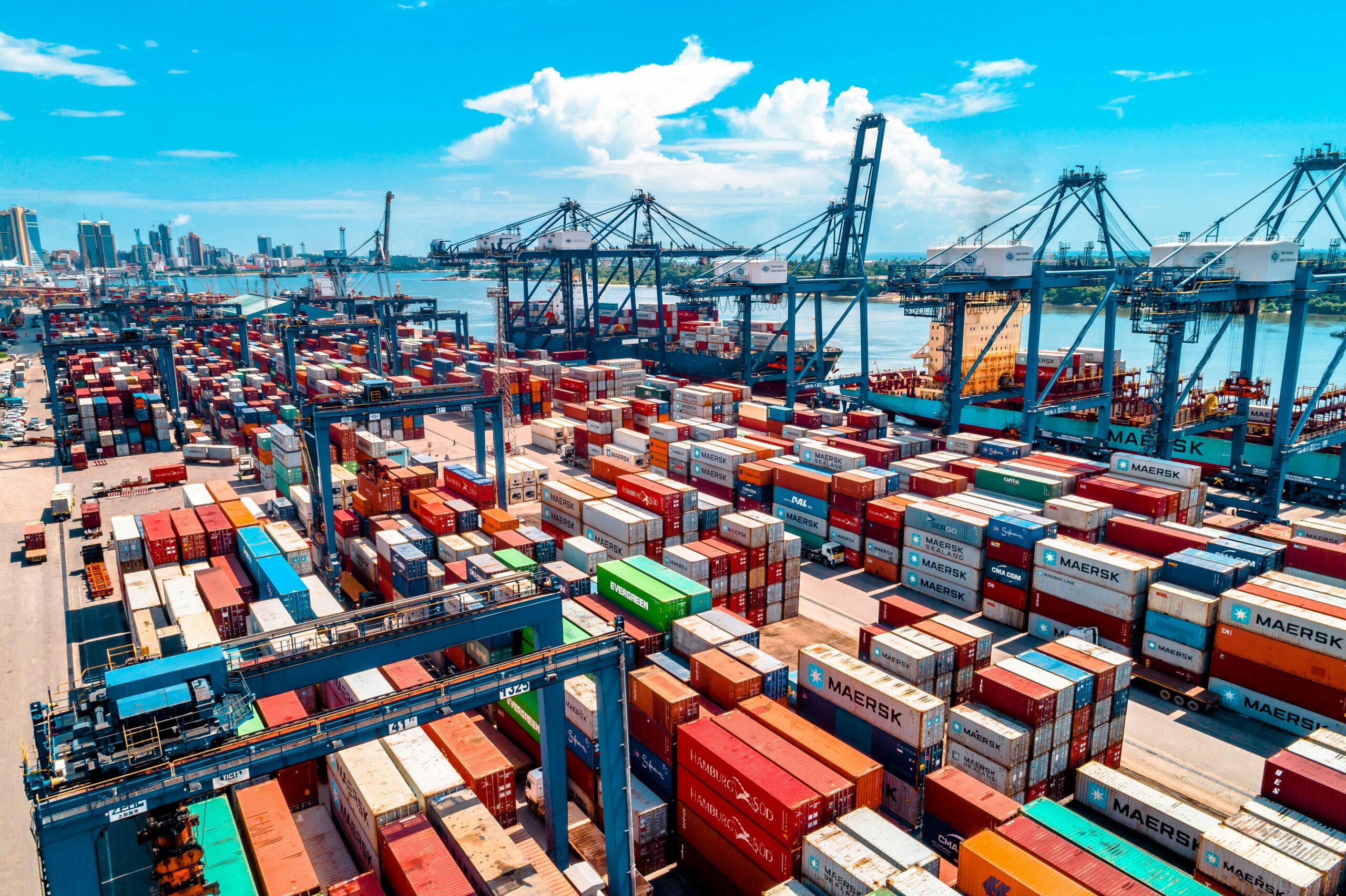
We've seen this covered extensively in the media. Economies and administrations globally are responding to it. Amateur economic experts and automotive enthusiasts online are offering their insights on it. Still, no one appears to fully grasp it, predict its effects, or determine its duration. "It," as you know, pertains to " Proclamation 10908 Modifying Car and Auto Component Imports into the U.S.," which is part of the extensive set of economic strategies commonly being called "the tariffs.
We aren't focused on economics or politics here, which means we won't be discussing the reasons behind tariffs, exploring the complexities of globalization and supply chains, or analyzing the effects of free trade deals on car manufacturing in North America. However, it's evident that these tariffs will affect the realm of performance vehicles, either directly or indirectly. Having contacted various import companies, repair shops, auction venues, and Customs and Border Protection, it's apparent that circumstances remain highly dynamic. Thus, as of this writing Here’s our understanding of what we do and don't know regarding how the tariffs might affect car enthusiasts, sports cars, and their supporting sectors.
Tariffs on New Cars
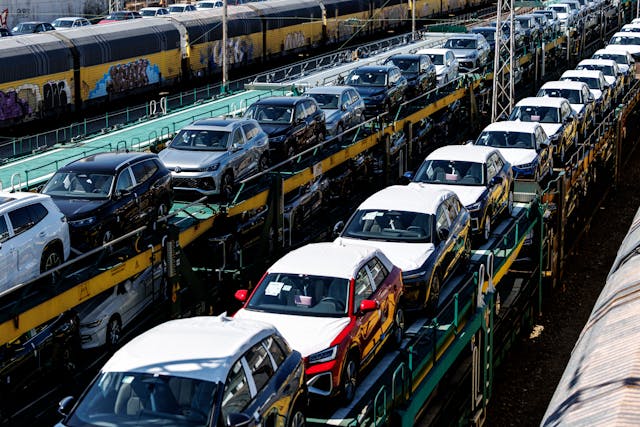
The largest and most urgent part of the recent tariffs impacts newly sold cars. According to Proclamation 10908, there will be a 25 percent duty imposed on foreign vehicles and automotive components coming into the U.S. This additional charge applies to imported automobiles atop an already existing 2.5 percent tariff, resulting in a combined rate of 27.5 percent. In terms of light trucks, the new tariff adds onto the pre-existing 25 percent tariff set back in 1964 under what was known as the " chicken tax , amounting to a total of 50 percent.
In 2024, the market for new passenger cars and light trucks in the U.S. amounted to approximately $770 billion. However, no vehicle is entirely manufactured within the country using only domestically sourced components. Although not all do so, numerous international automakers maintain production facilities in the United States as well. Interestingly, the leading exporter of automobiles built in America based on monetary value is BMW, largely due to their facility in Spartanburg, South Carolina, which produces the X3 model. X5 , X6, X7, and XM .
In the meantime, domestic producers have fine-tuned their manufacturing processes to capitalize on the benefits of free trade, especially through agreements with Canada and Mexico as detailed in the North American Free Trade Agreement (NAFTA). United States-Mexico-Canada Agreement (USMCA). The Wall Street Journal discovered that a lone piston traverses a boundary six times before contributing to the propulsion of a new Ford F-150.
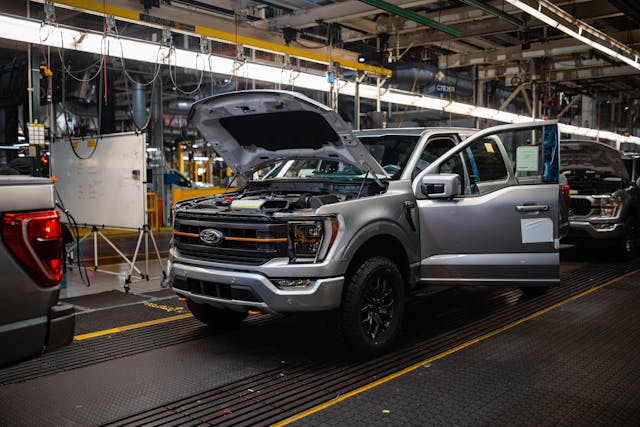
Vehicles that meet USMCA requirements are temporarily exempt from these new tariffs until May 3. During this period, importers might only need to pay a 25 percent tariff on the "foreign-made portion" of car components. This exemption was announced recently. Stellantis has taken actions to briefly close a facility in Windsor, Ontario, along with temporarily furloughing 900 employees based in the U.S. Audi Meanwhile, it is said to be detaining vehicles at U.S. ports and has halted deliveries to the U.S. indefinitely.
The tariffs will affect smaller and/or more niche-focused international automakers more significantly due to their limited manufacturing capabilities within the U.S. Even before these tariffs came into effect, Ferrari stated that the cost of all vehicles destined for the U.S. market and imported after April 2 would rise by as much as 10 percent. Over in Britain Jaguar Land Rover reported "a shipping halt in April as we work on developing our midterm to long-term strategies." Meanwhile, Lotus stated they have "temporarily halted deliveries to the U.S. as we evaluate the circumstances and decide upon the most suitable course of action."
Tariffs and Vintage Cars
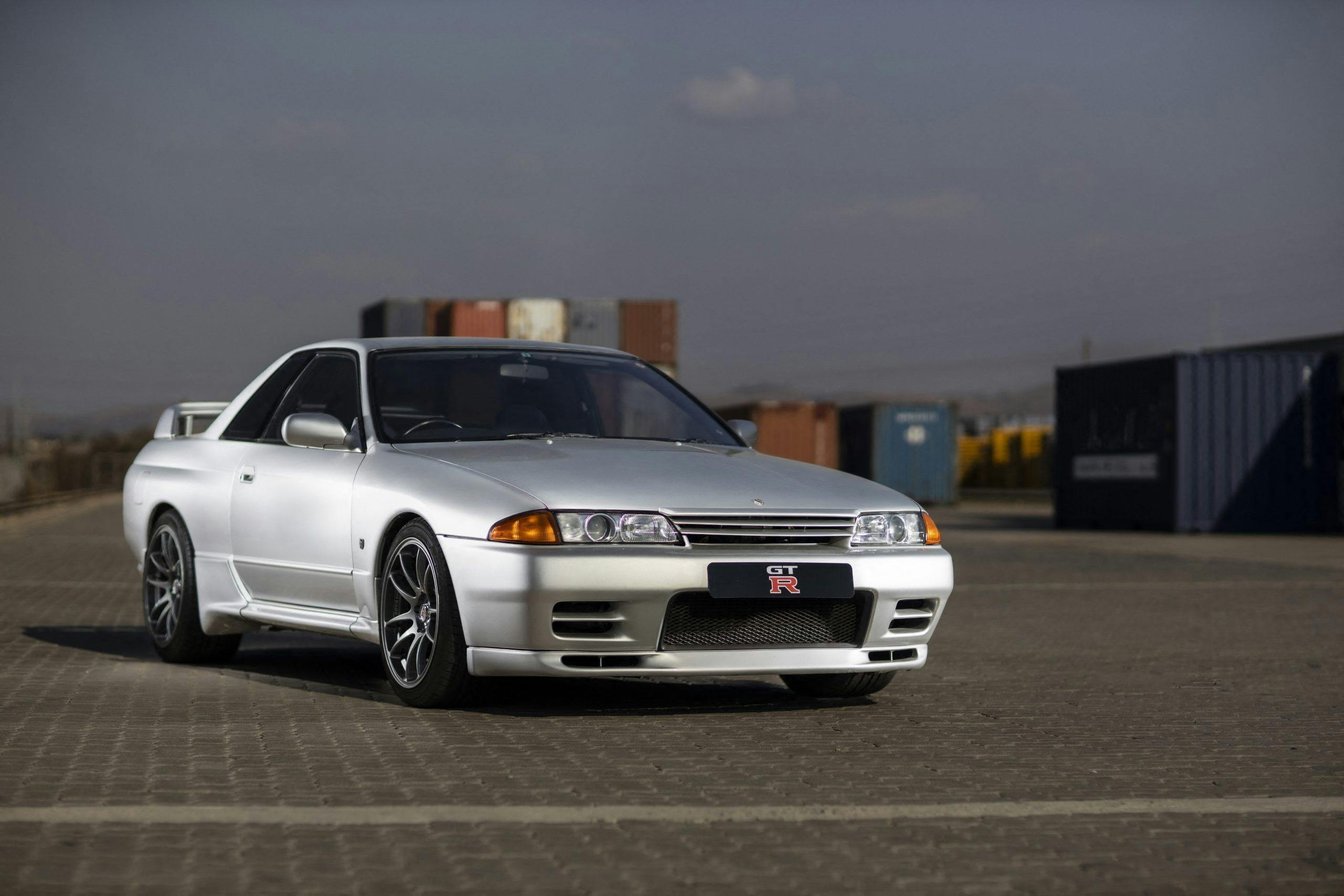
Following the announcement of tariffs on March 26, it remained unclear whether these would affect vintage items. 25 years or older Since then, accounts have been inconsistent, and as of now, it remains uncertain precisely what importers should anticipate.
On April 1st, a spokesperson from U.S. Customs informed Automotive News that the agency did not have any details about tariffs on imported classic cars or components, and a spokesperson from California-based Toprank International Vehicle Importers indicated to the magazine that "starting from today, a tariff of 27.5% will be applied to all cars and a 50% tariff will be imposed on all trucks irrespective of their age." Japanese Nostalgic Car announced: "Secure your JDM dream car today, as a 25 percent tariff is imminent."

For an expensive vehicle, an additional 25 percent adds up to a substantial sum of money. Carmudgeon In his podcast, co-host and co-founder of OTS & Co., Derek Tam-Scott, shared the story of bringing in a vehicle valued at over "$3M," which was set to depart for the U.S. on April 2nd. Should this car have been subjected to an extra 25% tariff, it would have cost him well over $700k just to import it. Despite many others being equally concerned about their shipments due to similar concerns—“a lot of people who were in the same boat and freaking out”—he managed to secure an earlier flight. This brought significant relief; however, he described the entire ordeal as highly nerve-wracking considering "three-quarters of a million dollars" hung in the balance. Moreover, uncertainty remained regarding whether these duties applied specifically to older vehicles like his own.
On April 2, the authorities then Federal Register Notice (under heading 9903.94.04) clarified that the tariffs specifically pertain to all types of vehicles. newer than At 25 years old, the reason for this unexpected delay remains uncertain. Fortune The government was reportedly still ironing out the tariff plans just 24 hours prior to their release, yet numerous importers and aficionados view this development as a long-awaited exemption. "It feels like nothing short of a genuine miracle! ... This is such an incredible result!" exclaimed Toprank.

It would also provide a sense of relief for the auction industry. As stated by Barney Ruprecht, the Vice President of Auctions at Hagerty Marketplace and Broad Arrow (which hosts an auction), Italy Next month, "there was significant doubt among clients and the entire industry about whether classic cars would be affected by the increased tariffs or not… Given that our typical vehicle is over 25 years old, it’s reassuring to hear that the rate will remain unchanged at 2.5 percent."
Nevertheless, everything is still subject to change. Brian Jannusch from Toprank, the importing experts who were recently rejoicing over the seemingly confirmed 25-year exemption, visited U.S. Customs in Long Beach, California this week to seek clarification.
"What I was informed about is that, as per U.S. Customs in Long Beach, the applicable tariff for any vehicle, irrespective of its age—even those over 25 years old—is set at 25%. Additionally, they mentioned that for vehicles which were initially allowed through customs with only a 2.5% duty, they will now be reclaiming an extra 22.5% from individuals whose cars passed through customs in Long Beach after April 3rd," he stated in his post. Instagram Despite almost a full week having passed, the circumstances continue to evolve unpredictably, with enforcement remaining uneven.
Tariffs on Parts
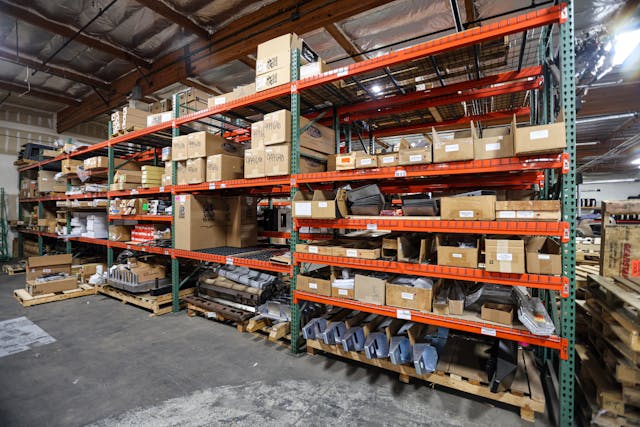
The circumstances surrounding classic components are even more unclear than those of vehicles.
A comparable 25 percent duty on imported components and key parts has been declared; however, implementation will be postponed till May 3, 2025. It remains unspecified whether classic car parts are exempt. As for components that have undergone rebuilding or refurbishment abroad, the situation is uncertain once more.
A lot of components for vintage cars, including those used in American models, are manufactured abroad, frequently in China. In the past, shipments with a value below $800 were allowed entry into the United States without duties due to what was known as the de minimis exemption. The White House has stated that this exception is currently closed.
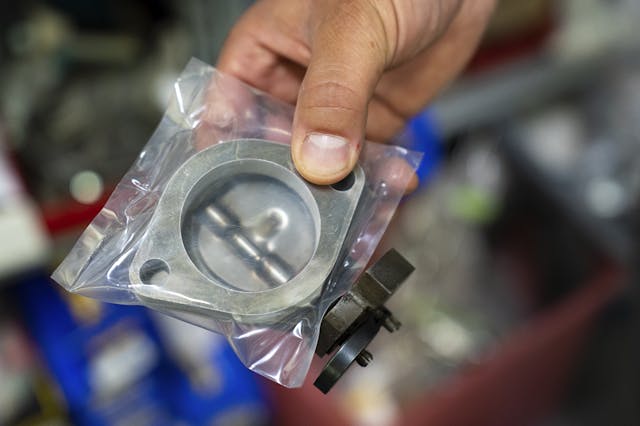
Even though numerous components are currently stored in U.S. inventories and warehouses, part costs might rise if these tariffs persist for an extended period. Shops nationwide must now take this new situation into account. As stated by Chris Braden of Munk’s Motors In Waterford, Michigan, there is a store that focuses specifically on European vehicles, particularly those from Germany. This place keeps most of the components needed daily operations. However, these supplies will not endure indefinitely since they come mostly from imports. Currently, there hasn’t been much effect; nonetheless, he ponders about potential price adjustments when restocking becomes necessary... "Unfortunately, these additional expenses get transferred to customers eventually. Someone has to bear this financial burden, which ultimately means higher payments for final consumers."
The scenario at Motorcars Ltd, a dealership specializing in modern and vintage British cars based in Houston, Texas, mirrors this situation. As Kent Edwards explains, "In both the near future and the distant one, prices will rise." His business sources components from vendors located across various countries including the UK and Germany. Additionally, locally sourced supplies originate from distributors importing products manufactured abroad in places like India, Taiwan, China, Vietnam, Pakistan, and Mexico. According to him, approximately ninety percent of his required parts stem from international manufacturing plants.
If the price of components increases, it's reasonable to expect that repairs and restorations will become pricier as well. This escalation could lead to higher costs for insurance claims, which may consequently result in increased insurance premiums.
What We Don’t Know
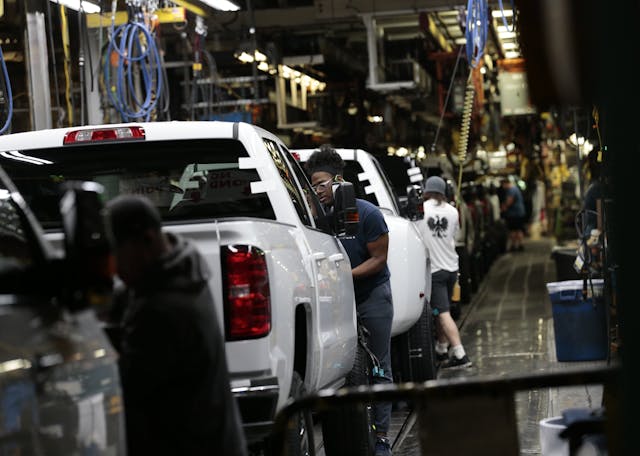
To put it briefly, there's quite a lot involved. Considering the inconsistent pattern of past tariff announcements, it remains uncertain how long these automotive tariffs will remain in effect and in what capacity.
Additionally, there are certain specific scenarios where it remains uncertain whether these new import duties apply. Generally, affluent foreign collectors may usually import vehicles on a temporary basis for individual use in classic car rallies, exhibition contests, or historical racing events; however, the recent executive orders do not provide explicit wording concerning this matter. Furthermore, they offer no details about what is referred to as “ Show or Display , which since the 1990s has served as the primary legal route for Americans to bring in cars less than 25 years old.
Next up is considering the global response and potential reactions. Retaliatory tariffs have already been implemented, but whether vehicles over 25 years old are included remains unclear. This has led to some misunderstandings; for instance, several weeks back, Canada imposed a 25 percent retaliatory tariff on specific American products. In March, a Winnipeg pensioner called Pat Fletcher purchased a 1968 Dodge Charger from Texas for $98,000 USD. He then proceeded to meet with the transporter at the U.S. border crossing, hitched the classic car onto his trailer, and headed north towards home. At the customs checkpoint, he encountered issues. gave him a piece of paper with an unforeseen $46,636 CAD (approximately $32,750 USD) listed as the duty he had to settle; the CBC indicates that this turned out to be an error, and the car wasn’t supposed to face such a steep tariff. Now safely back with Fletcher in Winnipeg, it highlights just how easily mistakes like these can happen and how rapidly regulations can shift. For those Canadians planning to bring in a vehicle, they might gain some understanding from their nation’s Automated Import Reference System (AIRS), which provides the import regulations for different goods.
The significant uncertainty surrounding us pertains to how new tariffs on automobiles and their components might influence pricing for collector and hobbyist cars. Such duties could lead to higher expenses for replacement parts and restorations, potentially boosting interest in well-preserved or pristine vintage models over those requiring mechanical work—a pattern we've noticed growing steadily over recent years.
We'll keep this area updated as more information comes through.
The post How Tariffs Could Impact Automotive Enthusiasts appeared first on Hagerty Media .
Interested in buying a car? Discover your perfect match on the MSN Autos Marketplace.